Join More Than 50,000+ Subscribers and get latest camera news and rumors
NEW CAMERA VIDEOS ON YOUTUBE
|
By admin, on February 3rd, 2024
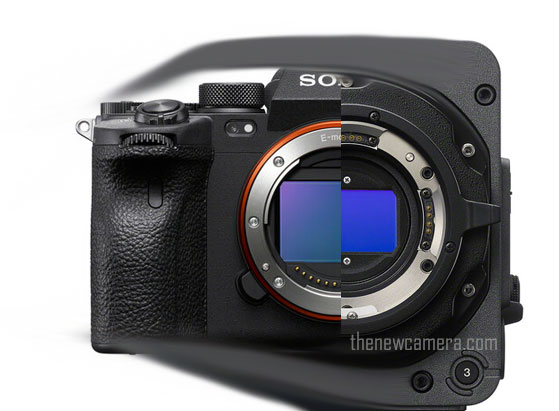
Finally, will we have good news after a long gap? The Sony Alpha A1 firmware update is coming. A lot of people have been waiting for it. I’ve been receiving many messages asking when the update will arrive, as people have already invested a lot in this camera. However, since its announcement, there has been a MAJOR update, the last version 1.36 update was also related to stability improvement only and no major upscaling done during that time
Sony Alpha A1 User Features Request
- For example, a few days back, I received a user request asking if it would be possible for Sony to fix the breathing compensation and improve the workflow feature, specifically in the video zone.
- Another significant issue for a user was the lack of animal eye autofocus in 4K video. I hope that this will also be fixed as soon as possible.
- Other users have told me that there is no easy way to use focus stacking in the Sony Alpha A1 or how to use the BULB mode in the camera ?. They are looking for an easy method to use the focus stacking feature.
Look at the Nikon Z9 or even the Canon R3. All these cameras are receiving regular major updates, and due to those updates, the overall specifications of the cameras are scaling up to the next level. Unfortunately, the Sony team has been silent since the announcement of the Alpha A1. But now, we have some good news that a major firmware update is about to arrive. Let’s wait for that, and I will bring more updates as they arrive on the list
According to the latest rumors we have finally Sony is planning to introduce a Major firmware update to the camera, but the BIG NEWS is the Firmware update is FOCUSED towrds upscaling the MAJOR VIDEOGRAPHIC FEATURES OF THE CAMERA, lets hope and see what we will get next.
Will post an update soon as it arrives
Follow us on our social pages FACEBOOK | TWITTER | INSTAGRAM, If you have time –>see more Sony Alpha Rumor
source SARYT
By admin, on February 2nd, 2024
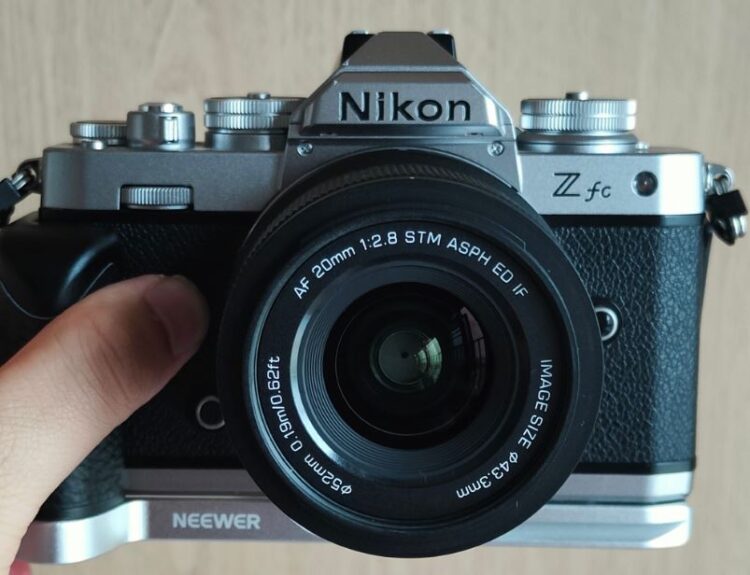
So, I know we have a Nikon Zf camera paired with the Viltrox AF 20mm f/2.8 lens, and not only that, but the camera also has a Neewer hand grip.
Viltrox 20mm F2.8 Major Features
- Ultra-wide prime designed for full-frame Nikon Z-mount mirrorless cameras
- Modestly bright f/2.8 maximum aperture for working in low-light conditions
- HD Nano multilayer coating to reduce flare and ghosting for improved contrast
- Fast and nearly silent STM autofocus motor to support Eye and Face AF modes
- Supports electronic aperture control
- Internal focus design and compact form factor
- Seven-blade diaphragm contributing to a pleasing bokeh quality
- USB-C port for updating the lens’s firmware
Get Viltrox 20mm F2.8 Lens for Nikon B&H Store
Neewer hnadgrip for Nikon Zf Camera
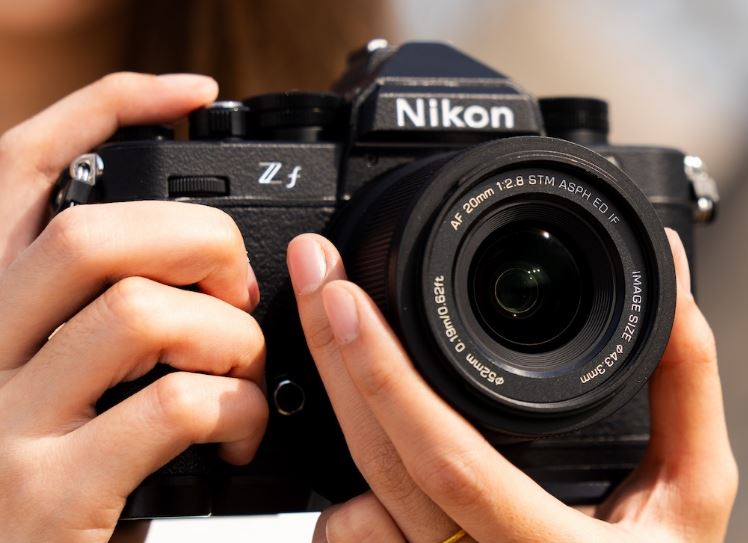
Follow us on our social pages FACEBOOK | TWITTER | INSTAGRAM to get live news + Nikon Rumors 24X7
By admin, on January 30th, 2024
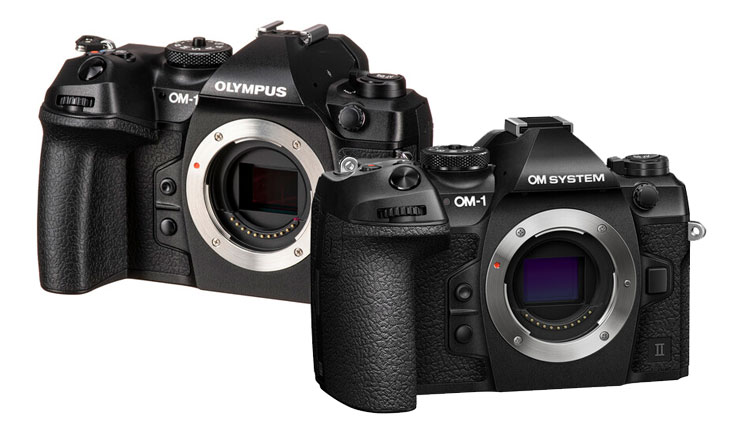
Let’s compare the two cameras and find out the major difference between the two. Olympus OM 1 vs OM System 1 Mark II
1. The Olympus OM-1 Mark II camera has arrived and, as you can see, Olympus is trending with this camera. In the design part, it’s written at the camera’s center “OM System” instead of the Olympus logo, which is not good to see.
| Specification |
Olympus OM-1 |
Olympus OM-1 Mark II |
| Image Processor |
TruePic X |
Same as OM-1, but redesigned |
| RAM |
Not specified |
Improved compared to OM-1 |
| Autofocus Algorithms |
Not specified |
Updated for improved subject detection |
| Logo on Camera |
Olympus logo |
“OM System” |
2. According to the camera maker, the Olympus OM-1 Mark II camera uses the same TruePic X image processor as the original model. Still, this image processor has been redesigned and they have improved the RAM space compared to the previous version. The company says that with the help of more RAM and updated autofocus algorithms, the camera can now have an improved subject detection mode.
3. Now, the camera also has a human detection mode which detects human body movement more precisely compared to the previous generation of cameras. This goes beyond face and eye detection, so now it is more reliable in tracking a human body compared to the previous generation of cameras.
| Specification |
Olympus OM-1 |
Olympus OM-1 Mark II |
| Human Detection Mode |
Not specified |
Detects human body movement more precisely |
| Face and Eye Detection |
Available |
More reliable in tracking a human body |
| Autofocus Refresh Rate |
Not specified |
Improved, boosts performance in subject tracking mode and continuous focus tracking mode |
4. The company says the autofocus refresh rate has been improved (although we don’t have the exact number of differences between the refresh rate of the predecessor and successor). This boosts the performance of the camera, specifically in the subject tracking mode or in the continuous focus tracking mode.
5. With the introduction of a new and improved image processor and artificial intelligence algorithms, the camera makers say they have also updated the image stabilization system of the camera up to 8.5 stops, earlier it was 8 stops in the original OM-1 camera.
| Specification |
Olympus OM-1 |
Olympus OM-1 Mark II |
| Image Processor and AI Algorithms |
Original |
New and improved |
| Image Stabilization System |
8 stops |
Up to 8.5 stops |
| Buffer Size |
169 raw frames at 10 fps with a mechanical shutter, 108 raw frames at 20 fps with an electronic shutter |
Up to 256 raw frames at 50 FPS or 213 frames in a single continuous burst at the rate of 120 FPS |
| ND Filters |
Built-in ND filters |
Graduated ND filter with options of ND 2, ND 4, and ND 8 |
6. The Olympus OM-1 Mark II camera now has a bigger buffer and it can shoot up to 256 raw frames at 50 FPS or 213 frames in a single continuous burst at the rate of 120 FPS. These numbers are better compared to the Olympus OM-1 camera.
7. You already have the option of built-in ND filters in the Olympus OM-1 camera, but now we have a graduated ND filter. This is a unique type of filter generally used for landscape photography and now we have it in the Olympus OM-1 Mark II camera. Even in the graduated ND filter, we get options of ND 2, ND 4, and ND 8.
8. The New OM System Mark II camera features complete blackout-free shooting which was not possible with the Olympus OM – 1, that really a valuable improvement for wildlife and sports shooters.
| Multi-shot Raw Mode |
50-megapixel high-resolution mode |
80-megapixel large image in-camera, with an additional raw mode | 50 Mp handheld also available |
| Battery |
BLX-1, gives around 500 shots per charge |
Same BLX-1 battery, but performance may drop slightly due to a more upscale image processor, estimated around 450-480 shots per charge |
SO, these are the Major differences we have between the two cameras. The rest of the core specifications of both cameras remain the same.
Olympus OM 1 Mark II Camera at B&H Store
By admin, on January 30th, 2024
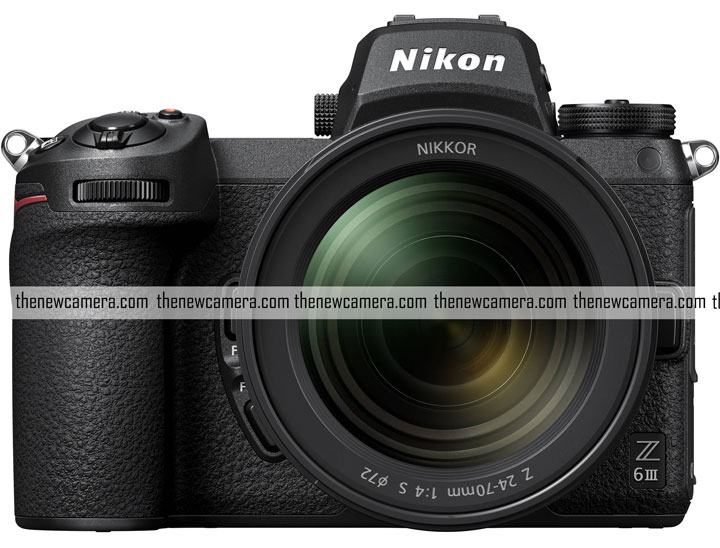
Nikon Z6 Mark III More Details Revealed..We have already published the major core specifications of the Nikon Z6 Mark 3 camera, but today we have some more details related to the same. Let’s see the updated specs of the camera.
Nikon Z6 Mark III Specification
- 6K 60p N-RAW
- 4K 60p full width ProRes RAW
- New high resolution EVF 5.76 million dots
- Improved rear monitor
- 14bit RAW 20fps continuous shooting
- JPEG 120fps
- Shutter speed of 1/16000 seconds
- 299 points AF
- 8 steps of image stabilization
- CFexpress + SD card slot
- PASM dial
- The size is similar to Z 6II, but it is a few mm wider and thicker due to the hinge.
- Although there is no change in the overall height, it is actually a few mm higher.
- The grip buttons and layout are similar to the Z 8, but the command dial is Z 6II.
- Other button layouts are the same as Z 6II
- The logo is on the top (same as Z 8 and Z 9)
What’s New in the Leaked Specification
- We already have information that the camera can shoot up to 60 frames per second in the latest compressed RAW format, but in complete raw for 14-bit, the camera can shoot up to 20fps.
- The next new thing we came to know is the shutter speed can be pushed to one by 1/16000 of a second, which is somewhat similar to the recently announced Canon 6 Mark 2.
- And one more thing that we came to know from recently leaked specifications is that we will have 299 focusing points. As you all know, we have an upscaled sensor for faster readout + dual latest stream tech to make the AF calculation 2X fast compared to the existing Nikon Zf and Z8 cameras. That’s why the Nikon Z6 Mark III, is able to shoot up to 125 frames per second and compact RAW Files up to 60 frames per second. So, the number of autofocus points doesn’t matter these days. It depends upon the type of artificial intelligence algorithm used inside the camera, how fast the processor is, and how fast the sensor readout speed is. All these make a camera perfect for shooting wildlife and sports
We will post an update soon as we get it.
Follow us on our social pages FACEBOOK | TWITTER | INSTAGRAM to get live news + Nikon Rumors 24X7
src – NR.com
By admin, on January 29th, 2024
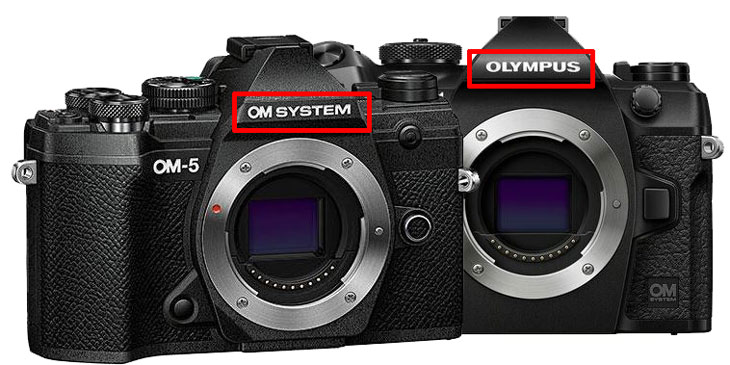
The trademark for the Olympus name has expired. This might be the primary reason behind the announcement of the OM 1 Mark II and the end of the Olympus brand name. It’s really sad to hear, but that’s the way things are going-on right now. There is a high probability that the lower-end models may also get a refresh with the OM series name instead of Olympus. As far as the information we have, the trademark has expired. The reason could be anything, maybe the ownership has changed. But the name is certainly about to change. It’s really hard to see the Olympus brand name going away.
A small update, it is rumored that the OM-1 II will be equipped with an in-camera electronic ND filter function, providing ND2, ND4, and ND8 options.
Based on our latest information, the upcoming Olympus OM-1 Mark II camera will have built-in Electronic ND filters. As you can see, it’s update on a software level. We are still waiting for further updates [More features to be explored soon].
Leaked Image of Olympus OM 1
This is an image of the new OM-1 II, which looks exactly like the current OM-1. The only change is the “II” part at the bottom right of the image. The camera will be unveiled at 6 AM London time on January 30th
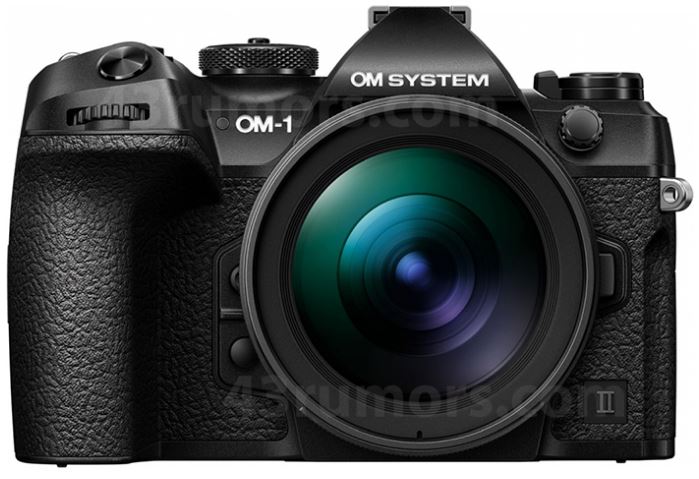
STAY WITH ON FACEBOOK | TWITTER | INSTAGRAM, to get live news + Olympus Rumors 24X7
src – 43rumors
By admin, on January 28th, 2024
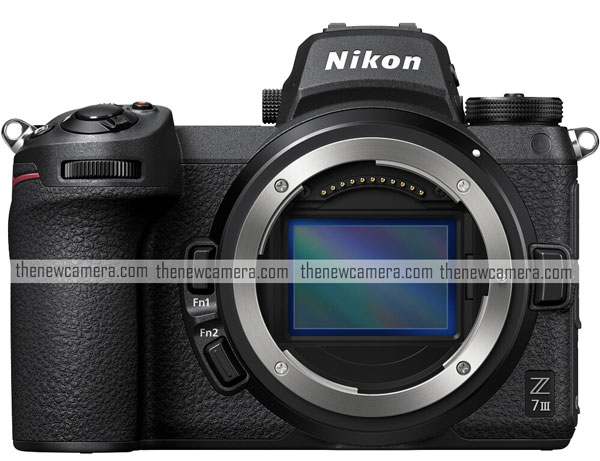
According to the latest information we have from trusted sources Nikon is planning to announce two new mirrorless cameras not only the Z6 Mark III (N2214), but the Other Camera model code Nikon 2216. Now the big question is what next from Nikon after the Nikon Z6 Mark III? take a look at the list of Nikon Mirrorless cameras we are expecting along with or after Nikon Z6 Mark III
2216 Coming sooooon?
1. Nikon Z7 mark III, maybe the
2. Nikon Z50 II (The most awaited camera) and finally the
3. Nikon Z5 mark II is also on the list.. so we have a big lust
Right now we do not have enough information that the model will arrive along with its Nikon Z6 Mark 3 camera or will arrive after a month or week but we do have confirmation about arrival, we will post an update as soon as it becomes available to us
also see – Nikon Z6 Mark III Specification Leaked
Follow us on our social pages FACEBOOK | TWITTER | INSTAGRAM to get live news + Nikon Rumors 24X7
Source – E8M_888


By admin, on January 26th, 2024

Finally we have the confimred set of specification of the Nikon Z6 mark III camera from E8M_888 source
Nikon Z6 Mark III Specification
Nikon ℤ 6 Ⅲ (N2214)
accelerated FX frame 24.5 Megapixels BSI CMOS Sensor
EXPEED 7 processor
inherited from ℤ 8 style body
easy-to-use multi-angle LCD screen, high-brightness EVF
optimized body feel
7-level IBIS, but better than ℤ f has optimized video stabilization,
pixel shift, and high-resolution photography
dual data stream AF system. The updated focus algorithm and process are stronger than ℤ f and ℤ 8.
FX frame electronic shutter continuous shooting of up to 40fps and DX frame electronic shutter continuous shooting of 120fps. Shoot
6K/60p & 4K/120p 12Bit N-RAW and record
4K H.265 10Bit MOV video, which can oversample 6K to 4K FX frame, or up to 120p DX frame.
4K ProRes 422 HQ 10-bit MOV video, up to 4K/60p
fine shutter angle options, project frame rate and shooting frame rate split into
two card slots, support CFexpress B, SD UHS-II
supports WiFi 2.4/5 GHz, Bluetooth LE Connect
USB-C fast charging & HDMI Type-A connection
Follow us on our social pages FACEBOOK | TWITTER | INSTAGRAM to get live news + Nikon Rumors 24X7
|
KEEP THIS BLOG ALIVE - Support New Camera Buy Canon Lenses, Buy Music CD or Digital Camera at amazon it helps this site, and you do not pay anything extra, it is just a way to help support this site.

|















